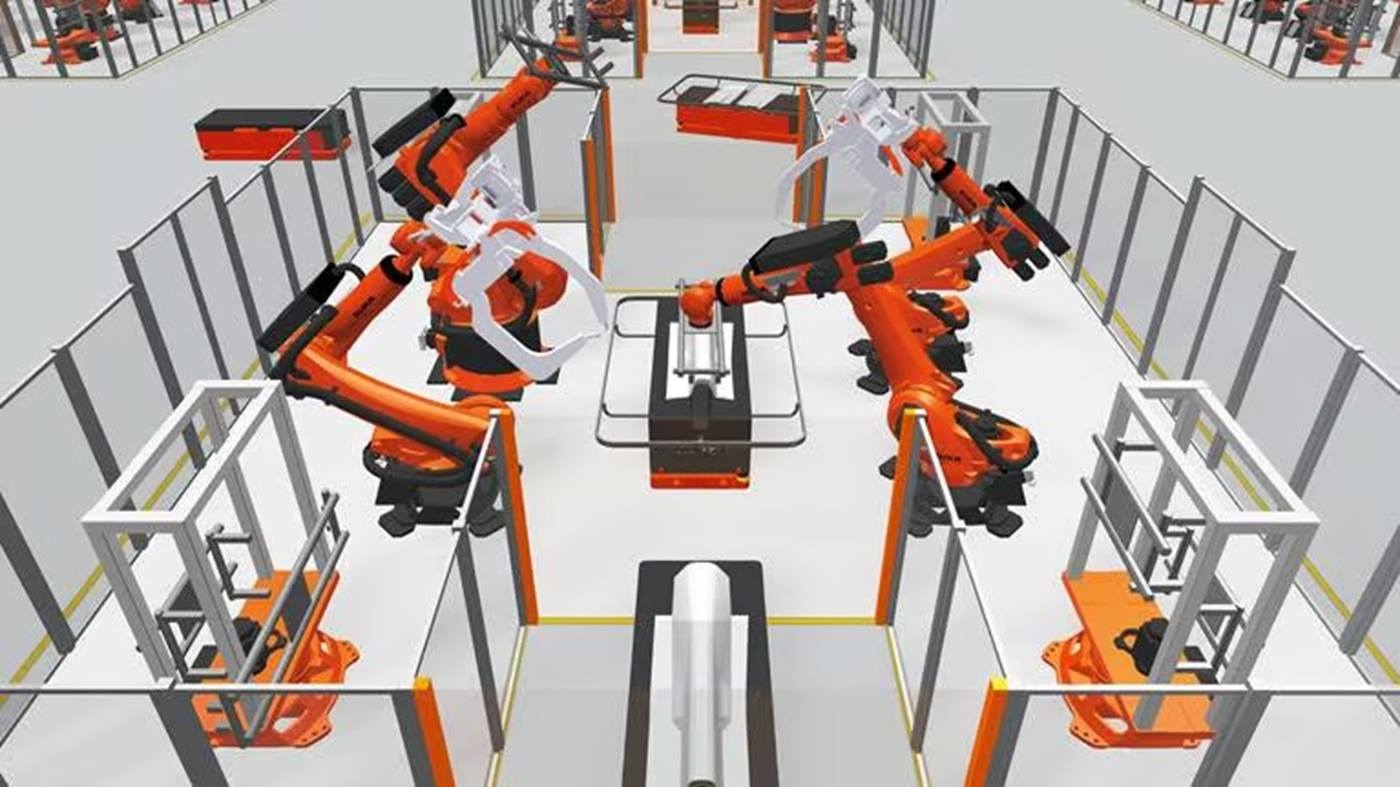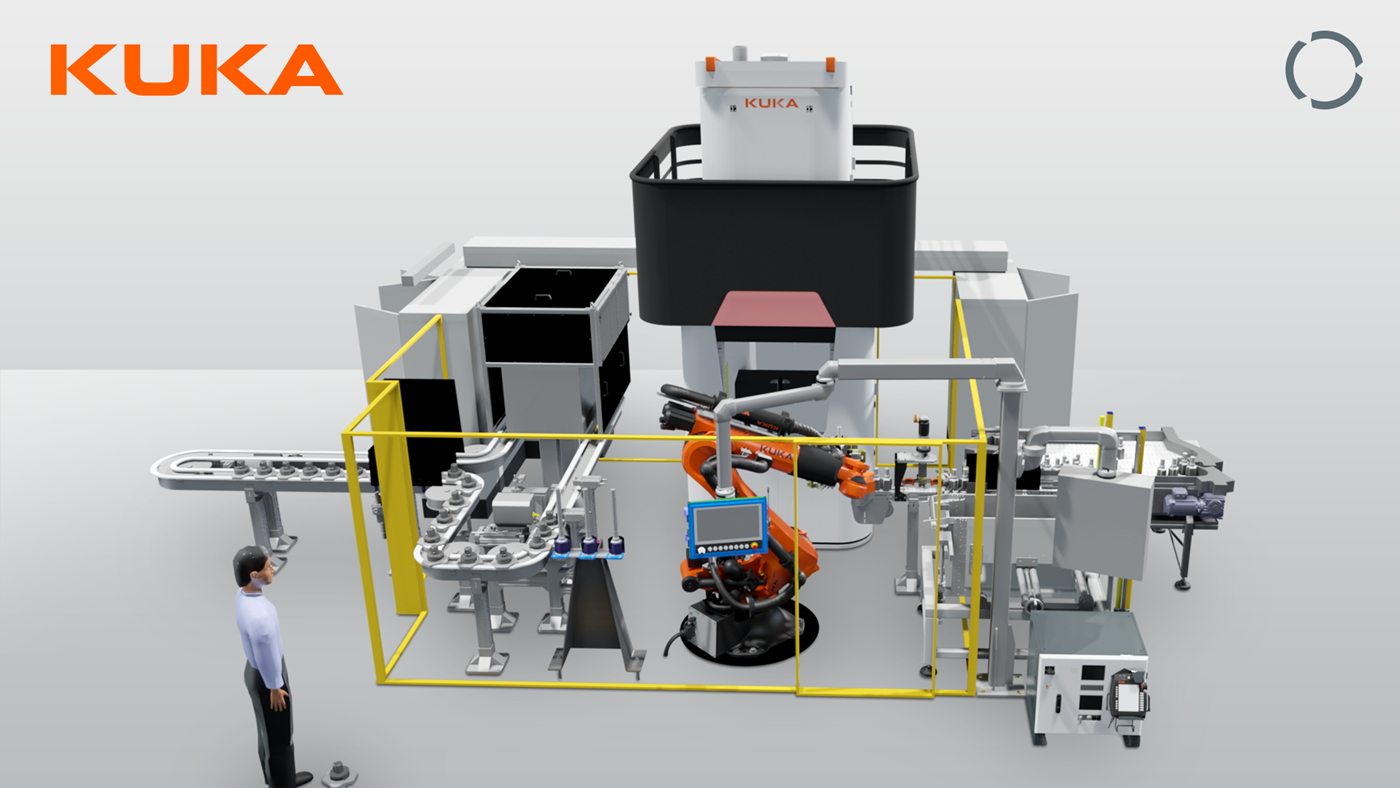From complex data to process information
Artificial intelligence or supervised machine learning comes into play in the project when it comes to interpreting the extensive sensor data that is generated on industrial-scale processes both at the industrial partners' systems and at those of the KI-Produktionsnetzwerk at the University of Augsburg. The researchers evaluate the data and assign it to processes in the welding process. Certain patterns in the sensor data can then indicate that a weld seam has not been executed properly. Schlech: "Like a teacher, we use our data to teach our system the meaning of certain signal combinations. The monitoring system thus learns the relationship between sensor signals and the occurrence of deviations in weld seams. As soon as the training is complete, the model can make statements about the seam quality based solely on the sensor signals. If the signals are passed to the system during the process, a defect can be detected, located and classified immediately." An inspector then only has to examine these critical points more closely after the process, if at all, and not the entire weld seam.













